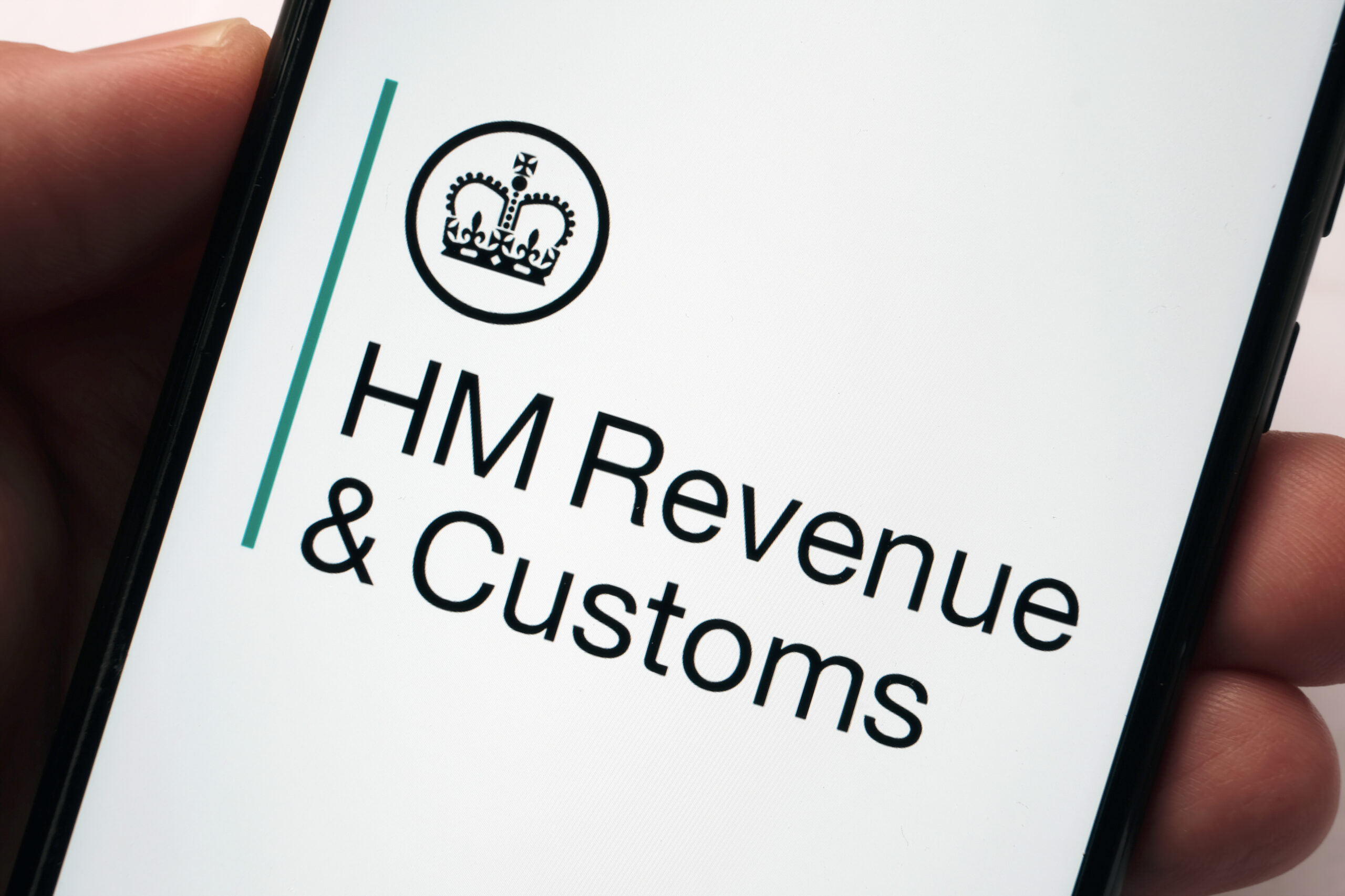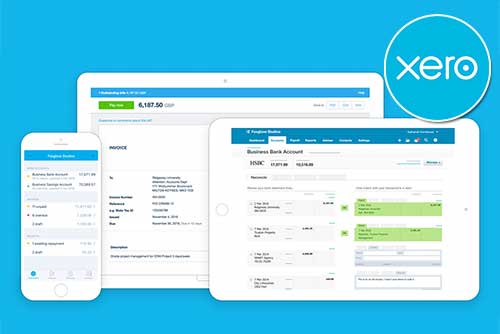What Are Current Liabilities?
In accounting and finance, understanding a company’s liabilities is essential for assessing its financial health and performance. Among these, current liabilities play a pivotal role, representing financial obligations that are due within a relatively short timeframe, typically within one year.
This article aims to explain current liabilities, illuminate their significance, and explore how they are managed within a company’s financial framework.
What are Current Liabilities?
Current liabilities encompass obligations that a company must settle within a year or its operating cycle, whichever is longer. They are essentially debts or obligations that require the use of current assets or the creation of other current liabilities to settle them.
Examples of Current Liabilities
- Accounts Payable: Money owed to suppliers for goods and services purchased on credit.
- Short-term Debt: Debt that must be repaid within a year, often including lines of credit, bank overdrafts, and credit card charges. Dividends also fall under this category.
- Accrued Expenses: Costs that have been incurred but not yet paid, such as wages, utilities, and taxes.
- Unearned Revenue: Payments received in advance for goods or services that have not yet been delivered.
- Current Portion of Long-Term Debt: The portion of long-term debt due within the next year.
The Role of Current Liabilities in a Company
Here are some key roles of current liabilities in a company:
Working Capital Management
Current liabilities, such as accounts payable and short-term loans, contribute to the company’s working capital. Working capital is the difference between current assets (like cash, inventory, and accounts receivable) and current liabilities. Maintaining an optimal level of working capital is vital for meeting short-term obligations and funding ongoing operations.
Liquidity Management
Current liabilities provide insight into a company’s liquidity position. By comparing current assets to current liabilities (current ratio), stakeholders can assess the company’s ability to meet its short-term obligations. A healthy current ratio indicates that the company has sufficient short-term assets to cover its short-term liabilities, suggesting good liquidity.
Financing Short-Term Needs
Companies often use current liabilities to finance short-term needs, such as purchasing inventory, paying suppliers, or covering operating expenses. Short-term loans, lines of credit, and trade credit (accounts payable) are common sources of short-term financing that help businesses manage cash flow fluctuations.
Risk Management
High levels of current liabilities relative to assets or revenue may indicate financial distress or overreliance on short-term financing. By actively managing current liabilities and working to reduce reliance on short-term debt, companies can mitigate financial risk and improve their long-term sustainability.
How to Manage Current Liabilities
Here are several strategies that companies can employ to manage their current liabilities:
Vendor Negotiations
Companies can negotiate favourable payment terms with their suppliers to extend payment periods without incurring penalties. This allows them to hold onto cash for a longer period, improving short-term liquidity.
Cash Flow Forecasting
Accurate cash flow forecasting helps companies anticipate upcoming obligations and plan their cash resources accordingly. By forecasting cash inflows and outflows, businesses can ensure they have enough liquidity to meet their short-term liabilities.
Optimise Working Capital
Companies can optimise their working capital by efficiently managing their inventory, accounts receivable, and accounts payable. For example, reducing inventory levels and minimising the time it takes to collect receivables can free up cash that can be used to pay off current liabilities.
Debt Refinancing
Refinancing short-term debt into long-term debt or renegotiating repayment terms can help alleviate immediate financial pressures. By spreading out debt payments over a longer period or securing lower interest rates, companies can improve their cash flow and reduce the risk of default.
Contingency Planning
Developing contingency plans for managing unexpected liabilities, such as legal settlements or regulatory fines, can help companies respond quickly and effectively to adverse events without compromising their financial stability.
The Significance of Current Liabilities in Business Operations
By effectively managing current liabilities, companies can enhance their liquidity, improve cash flow management, and ensure financial stability. Strategies such as vendor negotiations, cash flow forecasting, debt refinancing, and contingency planning empower companies to navigate uncertainties and capitalise on opportunities while maintaining financial resilience.





















